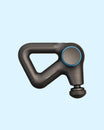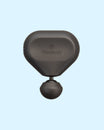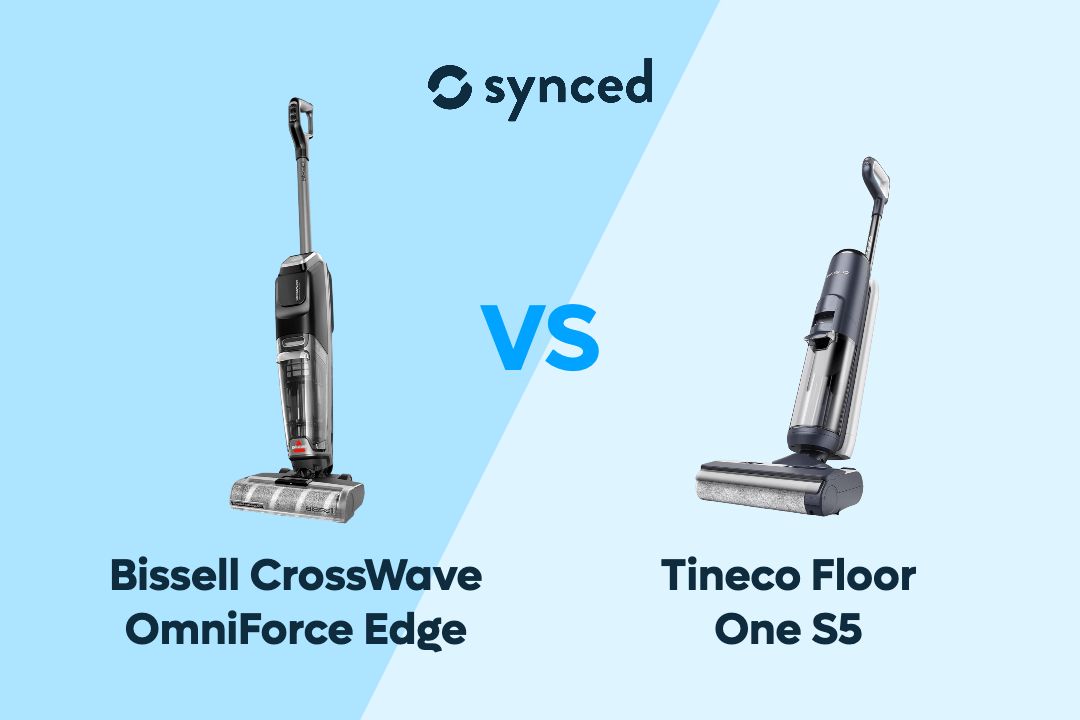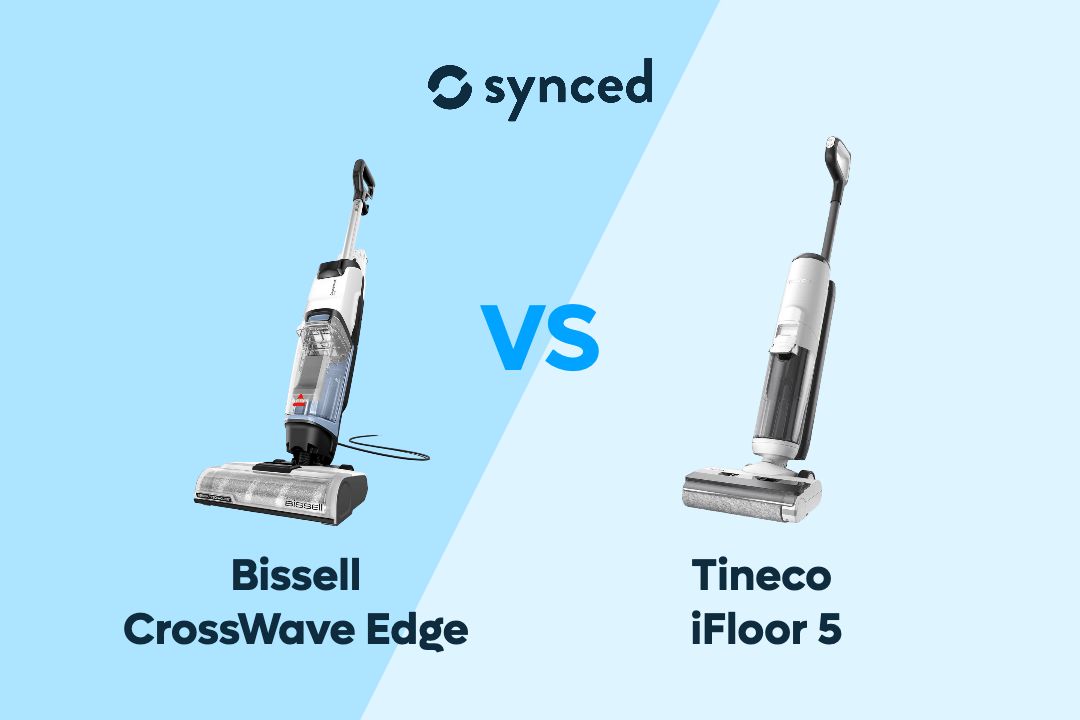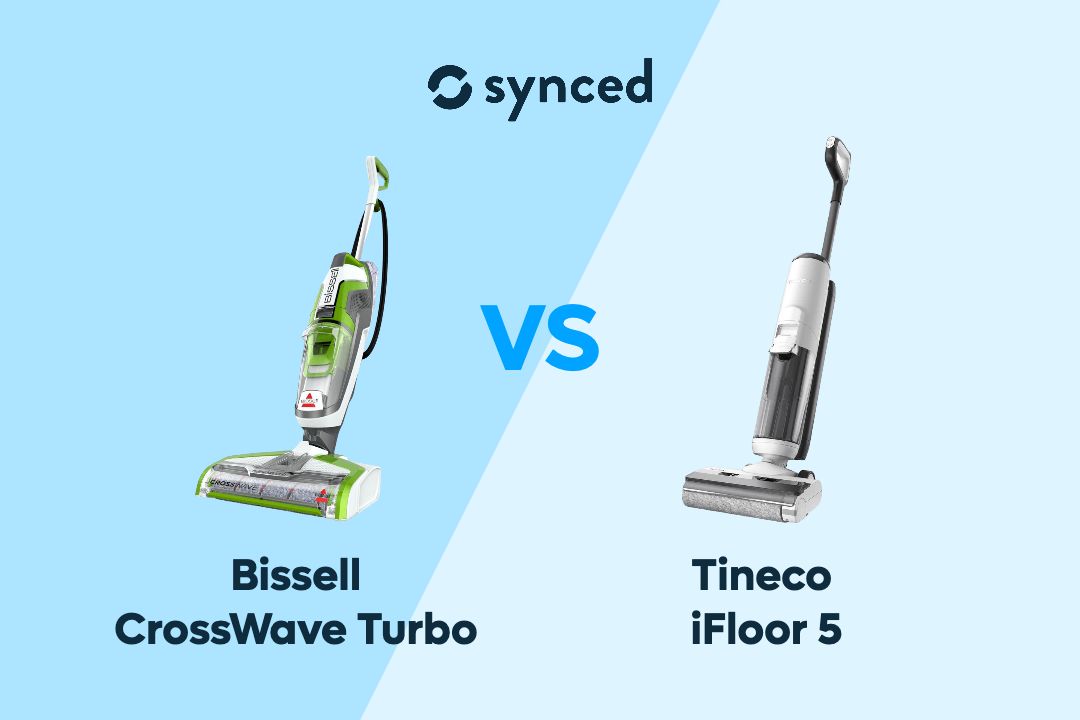Insta360 Link 2 vs Razer Kiyo Pro Ultra
Elisabeth Christ
Updated October 2024

The evolution of webcams has reached a point where AI-driven features and ultra-high-definition video quality are no longer luxury but standard expectations. The Insta360 Link 2 and Razer Kiyo Pro Ultra are standout examples, each equipped with top-tier sensors, advanced tracking capabilities, and customizable features that make them two of the most formidable contenders on the market. While both offer a sleek and professional appearance, the real challenge lies in their performance and feature sets—one prioritizes sophisticated tracking and gestures, while the other leans heavily into low-light brilliance and precise control. Let’s dive deep into a head-to-head comparison and dissect which of these smart webcams is better suited for your video-calling, streaming, or creative needs.
Key Takeaways
The Insta360 Link 2 focuses heavily on mobility, gesture control, and subject tracking, making it ideal for dynamic, on-the-go users. Conversely, the Razer Kiyo Pro Ultra emphasizes low-light performance, image quality, and customization. While both webcams deliver outstanding image quality, Insta360’s AI features offer greater flexibility, while Razer’s customization caters to professionals who prefer manual control.


Insta360 Link 2
Mid-range Webcam with Advanced Features and 2-axis Gimbal
✓ 2-axis gimbal
✓ New magnetic mount system
✓ 1/2" sensor
✓ 26-millimeter equivalent f1.8 lens

Razer Kiyo Pro Ultra
High-End 4K Webcam with Enhanced Low-Light Performance
✓ L-shaped mount
✓ Built-in privacy shutter
✓ 1/1.8-inch Sony Starvis CMOS sensor
✓ Up to 4K30 resolution
#1 Price & Design

Insta360 Link 2
The Insta360 Link 2 comes in at a competitive price of $199, featuring a compact yet innovative design that emphasizes flexibility. Its standout characteristic is the 2-axis gimbal system, which provides dynamic movement and tracking capabilities that make it ideal for users who need a high degree of mobility and versatility. With dimensions of 2.8 x 2.3 x 1.5 inches and a weight of 166.5 grams, the Link 2 is compact enough to sit atop any monitor without adding significant bulk. The magnetic mount further enhances its modular design, allowing for seamless attachment to monitors or tripods, increasing its overall usability. A large LED indicator provides intuitive feedback, lighting up when the camera is active and flashing in response to gesture control.

Razer Kiyo Pro Ultra
On the other hand, the Razer Kiyo Pro Ultra boasts a slightly bulkier profile, with a 3-inch diameter and over 2-inch thickness. Priced at $300, it’s a more premium offering aimed at users who demand the absolute best in image quality, especially in low-light environments. While it may weigh in heavier at 348 grams, its premium build quality is accentuated by the full-metal casing and omnidirectional mic, contributing to a more professional and sturdier look. Its L-shaped mount ensures it remains securely fastened atop any monitor, and the built-in privacy shutter adds an extra layer of convenience and security. Though larger than the Insta360 Link 2, the Kiyo Pro Ultra’s robust design caters to those who prioritize performance over portability.
#2 Features & Performance:
• Image and Video Quality

Insta360 Link 2
In terms of image and video quality, the Insta360 Link 2 delivers an impressive 4K at 30fps or 1080p at 60fps. Its 1/2" sensor, combined with a 26mm f/1.8 lens, ensures crisp image quality with vibrant colors and excellent detail, even in low-light scenarios. The Link 2 shines in environments where auto-tracking and clear resolution are paramount, particularly in video conferencing and content creation where fast movements are involved. The AI-powered auto-tracking ensures that users are always centered and in focus, delivering fluid motion and responsive adjustments that keep the frame balanced.
The Razer Kiyo Pro Ultra, however, takes a different approach. Armed with a 1/1.8-inch Sony Starvis CMOS sensor and an f/1.7 aperture, the Kiyo Pro Ultra delivers exceptional low-light performance, outshining many competitors. It can record at 4K at 30fps, and its impressive noise reduction algorithms ensure clarity even in dimly lit rooms. Its advanced HDR capabilities enhance exposure in both dark and bright settings, adding depth to shadows and highlights. While Insta360 focuses on tracking and smooth motion, the Kiyo Pro Ultra excels in delivering accurate color and clarity across a wider range of lighting conditions, especially when dealing with challenging low-light setups.
• Focus and Framing

Razer Kiyo Pro Ultra
Focus precision is where both cameras shine, yet they take distinct routes. The Insta360 Link 2 offers fast and responsive autofocus coupled with intelligent framing. Whether in portrait mode, whiteboard mode, or desktop mode, the webcam dynamically adjusts the frame to keep subjects perfectly centered, ensuring professional-quality output without manual intervention. The inclusion of a 4x digital zoom adds versatility, allowing users to zoom in without sacrificing clarity.
The Razer Kiyo Pro Ultra, on the other hand, brings manual control into the mix. While it also provides fast autofocus, its users benefit from deeper customization options through the Razer Synapse software. With the ability to tweak ISO settings, shutter speed, and exposure, the Kiyo Pro Ultra puts control directly into the hands of the user. While Insta360’s solution is more automated, Razer allows for more hands-on fine-tuning, making it ideal for professionals who prefer manual adjustments to their setup.
• Subject Tracking

Insta360 Link 2
AI-powered tracking is the heart of the Insta360 Link 2’s performance. Its ability to follow subjects with pinpoint accuracy—whether tracking head, upper body, or full-body movement—makes it a game-changer for presentations, live streaming, or virtual meetings. The auto-framing feature keeps subjects centered at all times, adapting to different modes such as portrait and whiteboard, making it ideal for dynamic users who move around their workspace frequently.
Razer’s Kiyo Pro Ultra doesn’t feature the same level of AI tracking sophistication. Instead, it relies on its wide-angle lens and exceptional image quality to provide coverage without active subject tracking. While this might be a disadvantage for users needing fluid motion tracking, the Kiyo Pro Ultra compensates with superior image quality and clarity, ensuring that even without tracking, you’re still captured in the best possible light.
• Gesture Control

Razer Kiyo Pro Ultra
The Insta360 Link 2 takes gesture control to the next level with intuitive hand motions that enable users to control zoom and enable tracking without touching any buttons. A simple raise of the hand activates the tracking feature, while making an L shape with your thumb and forefinger allows for zoom adjustments. This hands-free operation is ideal for creators and professionals who need to keep their focus on their tasks while controlling the camera.
In contrast, the Razer Kiyo Pro Ultra focuses on deep customization through its Razer Synapse software rather than gestures. While it doesn’t offer gesture-based controls, users have access to a more granular level of control within the app, allowing them to fine-tune everything from brightness to focus manually. For users who prefer manual over gesture-based interaction, this depth of control is unmatched.
#3 Connectivity

Insta360 Link 2
When it comes to connectivity, the Insta360 Link 2 adopts a straightforward approach with its USB-C to USB-C connection. It’s compatible with both Windows 10 and macOS, making it easily integrated into various setups without the need for complex installations. The Link 2’s plug-and-play nature ensures that users can quickly get started without any additional fuss. Compatibility with conferencing platforms such as Zoom and Google Meet enhances its versatility, catering to a wide array of professional and casual users alike.
Similarly, the Razer Kiyo Pro Ultra also employs a USB-C connection, but its requirement for an external power source due to its higher-end sensor and performance specs makes it slightly less straightforward than the Insta360. The USB-C 3.0 cable ensures high-speed data transfer, but the added complexity of external power might be a hurdle for some users. However, the Kiyo Pro Ultra’s integration with the Razer Synapse software allows for robust control and customization options, appealing to users who demand fine-tuned settings and deeper operational control.
Insta360 Link 2 vs Razer Kiyo Pro Ultra
Final Thoughts

Insta360 Link 2 vs Razer Kiyo Pro Ultra
Both the Insta360 Link 2 and Razer Kiyo Pro Ultra deliver top-tier performance in the smart webcam space, with each excelling in different areas. The Insta360 Link 2’s AI-driven tracking and gesture control make it the perfect companion for users who need seamless mobility. Meanwhile, the Razer Kiyo Pro Ultra’s superior low-light handling and deep customization options cater to professionals seeking control and image fidelity. Ultimately, your choice will depend on whether you prioritize automation and ease of use or prefer fine-tuned control in your creative or professional endeavors.
If you like to read more on Webcams, check out our other relevant guides here:
Best Webcams for 2024
Best Webcam for Streaming (Reddit Top Picks!)
4 Best Budget Webcams
Elgato Facecam vs Logitech Brio 4K
Logitech Brio vs C920
Author

Elisabeth Christ
Don't miss out on tech
Subscribe to our newsletter to stay up to date on the latest tech trends and guides on the best gadgets around.


